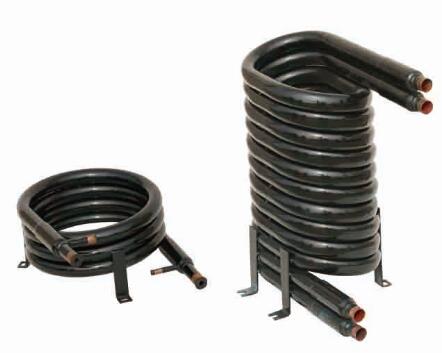The company has been producing heat exchangers for over 20 years. It is a backbone enterprise in the production of plate heat exchangers in China and a member unit of the National Plate Heat Exchanger Association. Cleaning and maintenance of titanium plate heat exchangers are particularly important:
After using the titanium plate heat exchanger for a period of time, if there is looseness or leakage, the bolts can be evenly tightened until there is no leakage. However, if the pressure is less than size a or the gasket is aging, the gasket must be replaced.
2. The method for replacing the sealing gasket of the titanium plate heat exchanger is to pull off the old gasket, soak the remaining adhesive in the sealing groove in gasoline, clean and dry it, then apply a thin layer of 801 strong adhesive on the groove and the back of the sealing gasket, insert the sealing gasket into the groove, press it evenly around, and assemble and use it after 72 hours.
Usually, cleaning can be carried out without disassembly. Rinse with water in the opposite direction of the medium flow to remove debris, but the pressure should not exceed the working pressure. Chemical cleaning agents that are non corrosive to stainless steel can also be used for cleaning.
If used for a long time, there will be certain deposits and scaling on the board, which will affect the heat transfer efficiency and must be regularly cleaned and removed. During the disassembly and cleaning process, disassemble the heat exchanger, clean the dirt on the surface of the plate with a brown brush, or use a non corrosive chemical cleaning agent. Be careful not to clean with a metal brush to avoid damaging the board and affecting its anti-corrosion ability.


 中文(简体)
中文(简体)